How They Would Have looked: 7 Ruined Castles Across Europe, Reconstructed
The longer a building stands, the more it begins to suffer the effects of time and the weather. Even the most solidly built edifices will eventually decay. As a result, Europe and other parts of the world have become dotted with the ruins of structures such as castles which were abandoned and left to the mercies of nature.
According to a recent blog post by www.budgetdirect.com.au the ruins of seven of Europe’s most impressive former castles have been digitally rebuilt using CGI technology. The project was done as a partnership between Budget Direct and a team of graphic designers and architects, and allows interested people to get a glimpse of how these edifices would have looked during their heydays.
Poenari Castle
The remains of this fortress are located in Valachia, Romania. It was once owned by the infamous Vlad the Impaler, who was the inspiration for Bram Stoker’s Dracula. The castle perches on high clifftop and can be reached after climbing 1,480 concrete steps.
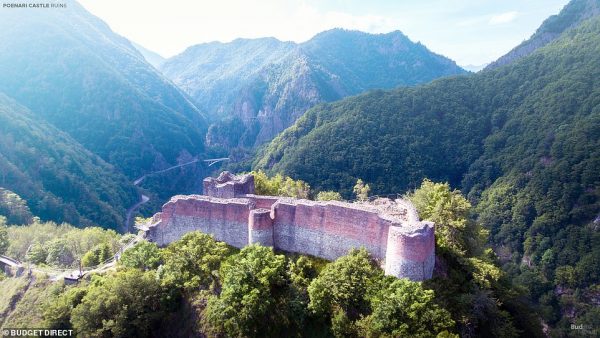
Its height and position give the former castle an excellent defensive position, as well as a sense of isolation from the surrounding country. The castle’s ruin is due, in part, to a landslide that dragged part of the structure down 400 meters to the river which sits below it.
Since castles were built as protection against attacking forces, it shouldn’t come as a surprise to hear that Poenari was built right into the rock on which it sits, and was fortified with lime and earth. When it was in Vlad’s possession, he built on extra towers as an added level of protection.
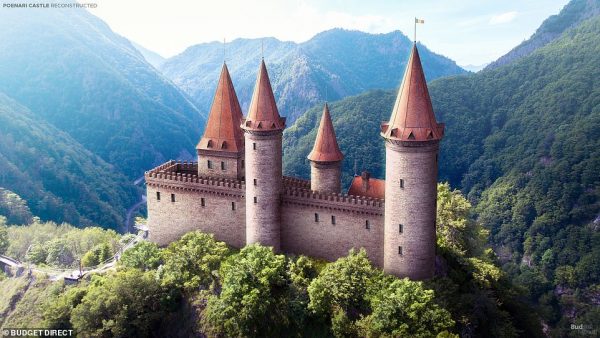
The castle also had a secret escape tunnel that led into the Carpathian Mountains, which Vlad himself used at least once. Despite the castle’s slightly unnerving and martial history, the structure itself is beautiful, with Vlad’s towers giving it an almost fairy-tale look.
Samobor Castle
The ruins of Samobor Castle are located in Croatia, and was built in the middle of the 13th century by Ottakar, the king of Bohemia during a war over a disputed duchy.
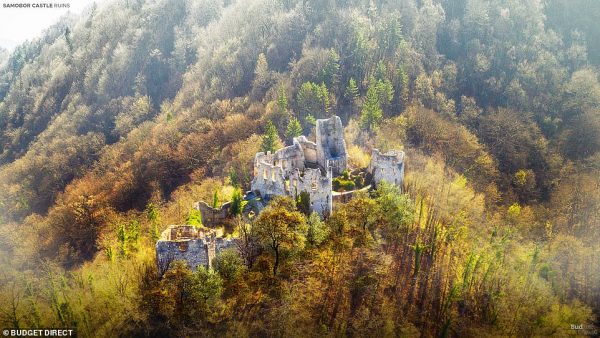
Bohemia was a medieval kingdom which was part of the Holy Roman Empire and covered an area whose boundaries were Austria to the south, Bavaria to the west, Moravia to the east, and Saxony and Lusatia to the North. Presently, that area covers much of the Czech Republic. Although Ottakar built the castle, he didn’t retain possession of it for long, losing it to Croatian-Hungarian forces.
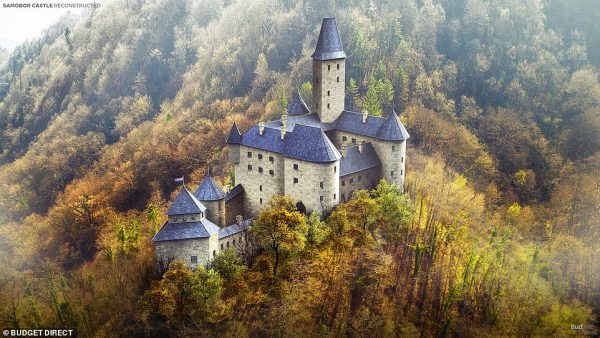
The only part of the original structure that survives is the castle’s guard tower. The rest of the ruins are from additions which were added in the sixteenth century. Today, this castle is only a few minutes’ walk from the present-day town of Samobor, and visitors can check out what’s left of the moat and walls.
The digitally-rebuilt structure is absolutely beautiful, with a walled bailey and another enclosed courtyard.
Olsztyn Castle
This castle lies in the northeastern part of Poland, near the Lyna River, and was originally built sometime before 1306. Between 1349 and1359 the original structure was expanded by Casimir the Great to help defend against the Czechs. In the 16th century it became a military garrison and was renovated in the Renaissance style.
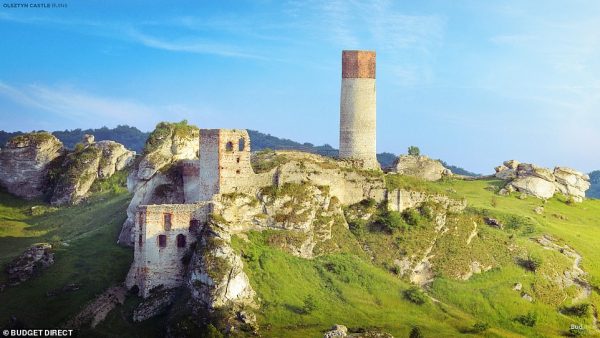
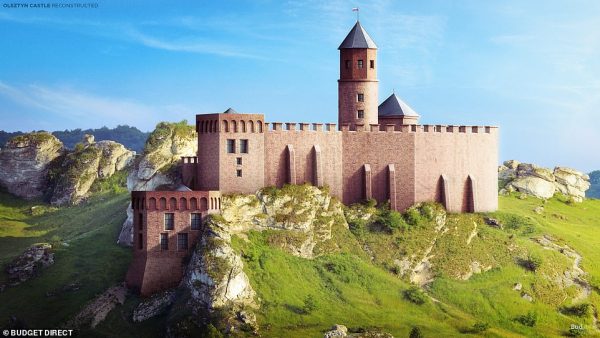
By then, Olsztyn looked a lot like the modern stereotype of a castle, surrounded by high walls, with a soaring tower and an entrance that could only be reached by traversing a drawbridge that spanned the moat. Over time, periodic military disputes caused a lot damage to the castle’s structure, and it wasn’t used anymore. Now it’s a tourist site.
Spis Castle
The ruins of Spis are all that’s left of what was one of the largest castle complexes in Europe, as it was built as a border defense for the feudal Hungarian Kingdom. Over the centuries, it ended up changing hands several times, and eventually became a mansion.
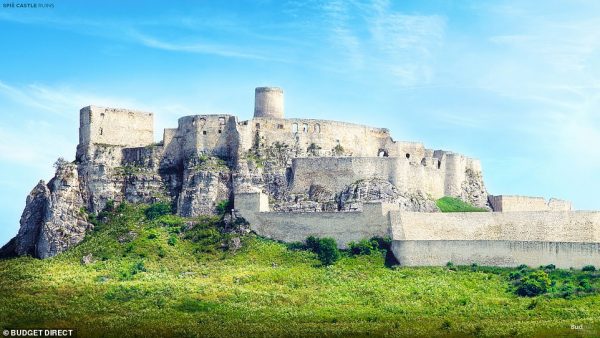
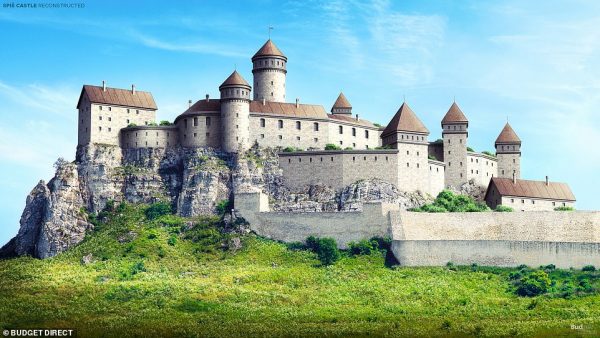
It was owned by the Csak family in 1780 when it finally fell out of use. The castle had already been slowly declining, and it’s thought that the final factor that led to its abandonment was damage caused by a lightning strike.
Chateau Gaillard
Looking at the digital reconstruction of this fortification in Les Andelys, France, there is no mistaking that it was built for defense. The complex is surrounded by substantial walls and a series of more than ten towers around the perimeter.
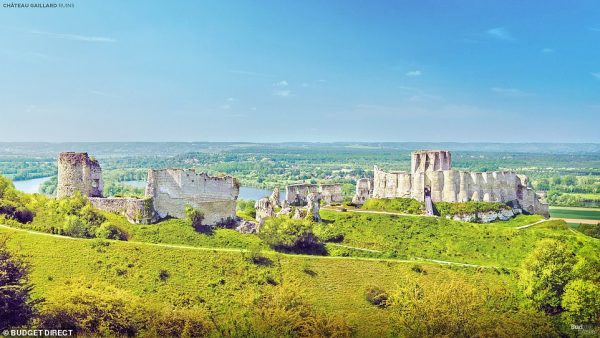
It’s also one of the early examples of concentric fortification, meaning it has three defensive baileys nested inside each other and separated by dry moats. The battlements also have holes in the floors, through which defenders could drop things like rocks or boiling oil onto invaders.
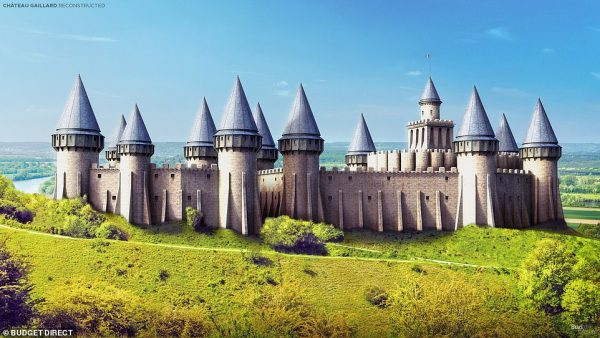
The Chateau was built in just two years, between 1196 and 1198, at the behest of Richard the Lionhearted, to defend against Philip II of France. It was abandoned in the 16th century, and saw a lot of military action in its centuries of use. It was ultimately demolished by Henry the IV in 1599, although it was already in ruins by then.
Menlo Castle
Located in Galway, Ireland, Menlo Castle had been owned by the Blake family for most of its existence. In 1910, a fire destroyed the structure and the family coachman managed to escape by climbing down from his window using vines.
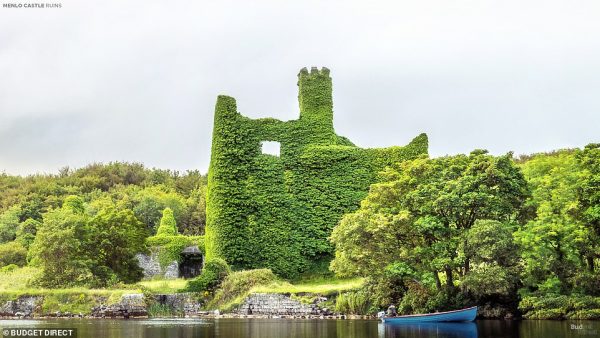
He tried to rescue the family, but one daughter died, as did a maid who jumped to her death. The same Ivy that used to cover the structure has run rampant since, covering what’s left of the exterior.
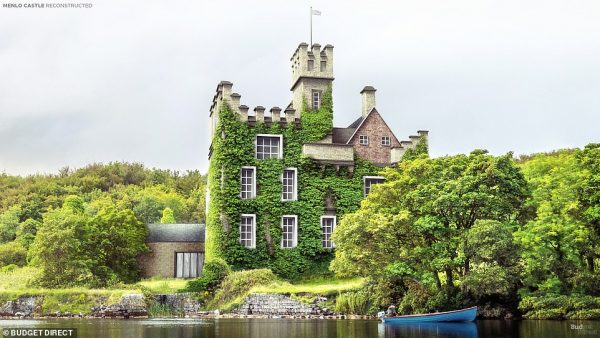
The castle began as a tower house that was built in 16600, and the Blakes built on a Jacobean mansion late in the 17th century. Despite the extensive damage caused by the fire, many of the wall are still standing, and you can see part of the old tower. The digital renovation shows that it was a stately residence before its destruction.
Dunnottar Castle
The final castle that got a digital facelift is located in Stonehaven, Scotland, on a rocky promontory jutting out into the North Sea. The earliest references of fortifications on the site date back to the 7th century, but many changes occurred over the course of the intervening centuries and the castle had a major role during the tensions between the Scots and the British.
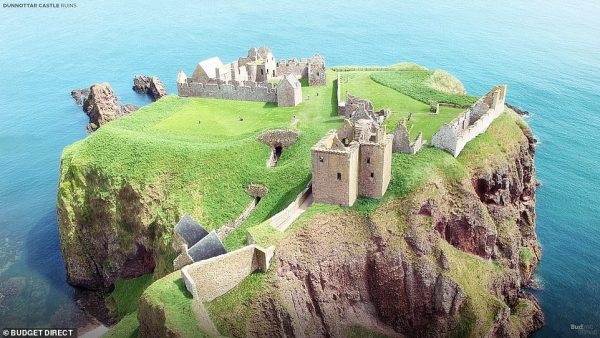
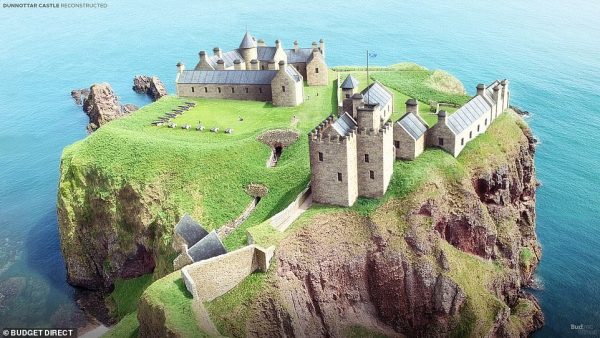
Although currently closed for an indeterminate period because of the coronavirus, the remains of Dunnottar Castle are a tourist destination for both their rugged beauty and their extensive history.
Five Islands Appear In Arctic: Melting Ice Reveals Lands Not Seen Before
The ruins of all these fortifications are rich in history and remembrance, but there’s something about being able to see them restored to their former glory that fires the imagination.





